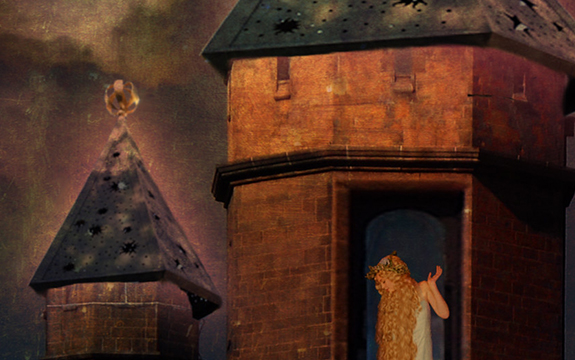

Pica is thought to decrease with age one study showed that about 10% of children older than 12 years engage in pica. An incidence of pica greater than 50% is considered normal in children aged 18 to 36 months. 6,7 Prevalence The prevalence of pica is difficult to establish because of differences in definition and the reluctance of patients to admit to abnormal cravings and ingestion. 4,5 Kraeplin was the first to document an extraordinary array of inedible materials consumed by psychotic patients and felt that this behavior might be a vegetative sign of psychosis, "a perversion of the appetite." Delusional schizophrenic patients may ingest glass, pins, or various other nonnutritive items, and driven nonnutritive eating has been seen in disorganized schizophrenic patients. Several recent studies suggest significant psychiatric comorbidity as a determinant of pica. 3 Pica is often seen in mentally or developmentally disabled persons. 1,2 Certain psychosocial stressors have been reported to be significantly associated with pica, including maternal deprivation, joint family, parental neglect, pregnancy, impoverished parent-child interaction, and disorganized family structure. Poor parental supervision and oral overstimulation, maternal pica, and cultural acceptance of pica-especially common in families with African lineage and in southern US communities-may represent the extra pressures that allow pica to become manifest in a child prone to intense oral focus of drive satisfaction. In certain ethnic populations, pica is culturally acceptable and is not considered pathological. Pica is most frequently seen in children and pregnant women. Contributing causes According to DSM-IV, pica is the action of nonnutritive ingestion that is repeated for a period of at least a month and is developmentally inappropriate. In addition, we discuss some of the associated complications as well as current treatment strategies. In this overview of pica, we review its causes and prevalence. In the spectrum of eating disorders, pica may be viewed as a derailment of food selection and a driven, often chaotic, form of ingestive behavior. In addition, acute and chronic medical complications may pose surgical emergencies (intestinal obstruction from bezoars) as well as more subtle encroaching symptoms such as parasitosis, intoxication, and nutritional deficits. The clinical consequences of pica may have broad epidemiological implications as in lead intoxication and geophagia in children, which lead to severe impairment of intellectual and physical development. It is a complex behavior that can present with any number of variations (Table 1), and multiple pica determinants range from demands of tradition and acquired tastes in the cultural context to presumptive neurobiological mechanisms (eg, iron deficiency, CNS neurotransmission, physiological conditioning).

Pica is the pathological craving for and eating of a nonnutritive item (eg, clay, coal, paper) or food ingredients (flour, raw potatoes).


 0 kommentar(er)
0 kommentar(er)
